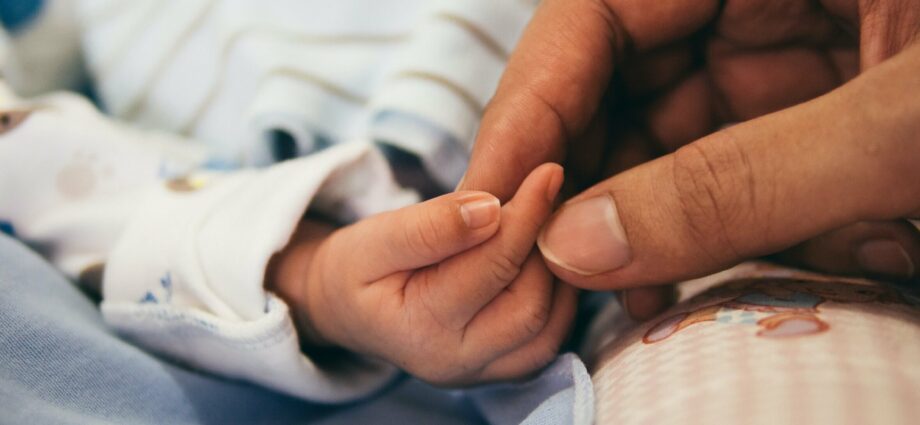Contents
Cesarean section: recover gently
Baby was born thanks to a cesarean section. The delivery went well, we are under the spell of your newborn baby, but our first attempts to stand up in our bed are painful. The fear of being in pain prevents us from breathing. Our breathing is short and we don’t dare to cough for fear of pulling on the scar. A postoperative rehabilitation, started the day after the operation, will allow us to recover gently to get up as soon as possible. Move without waiting is essential because the surgery and prolonged bed rest can cause fluid stagnation and lead to phlebitis. However, post-cesarean rehabilitation has other merits: promoting the resumption of intestinal transit or stimulating circulation. Above all, this à la carte support allows the mother to evacuate postoperative stress and quickly remobilizes her energy and her strength to take care of her baby more easily and serenely.
The benefit of postoperative rehabilitation
Under the expert hands of a physiotherapist, we will first relearn how to breathe deeply to reduce the pressure on our abdominal wall. The goal? Better manage pain and energize our abdomen. Gentle gymnastics will then allow us to gradually mobilize our pelvis, then our legs, and we can finally stand up. Often at the end of the first session. But it takes three or four more to really feel good. Prescribed by the maternity doctor, these sessions are reimbursed by Social Security, as part of our hospitalization. This early treatment is still too little practiced in France, to the great regret of Sandrine Galliac-Alanbari. President of the research group in perineal physiotherapy, she has been campaigning for years with the Ministry of Health to generalize this technique. For the past four years, its working group has carried out a study involving 800 women in an attempt to measure the benefits of this rehabilitation.
What happens during a session ?
Breathe deeply. The physiotherapist’s hands are placed on the mother’s stomach. They guide his breathing to mobilize his belly during each inhalation and stimulate the tissues around the scar.
Moving. To help her move without fear of pain, the physiotherapist will gradually accompany the mother to rotate her pelvis. From left to right. Then the reverse. Bend the legs, lift the pelvis. At first, the hips barely rise from the bed. But in the following sessions, we go a little higher each time. This bridge technique, to be practiced gently, calls on both the abdominals and the glutes.
Recover. One arm slipped behind the mother’s back, the other placed under her legs, the physiotherapist firmly supports the young woman before rotating her on the edge of the bed to help her stand up, then sit down.
Finally up! After a few minutes of respite, the physiotherapist gently grabs the mother by the shoulder, extends his arm to her so that she clings to it, and helps her stand up to take her first steps.










